Ward Off Superbugs with Three Natural Antibiotics
In 1945, Alexander Fleming and two colleagues won the Nobel Prize in Medicine. They were recognized for developing penicillin as a therapeutic drug. Penicillin went on to become one of the first commercially available “antibiotics.”
In the decades that have followed, antibiotics have saved countless lives worldwide. These drugs allow doctors (and veterinarians) to easily treat bacterial infections that would have been life-threatening to our ancestors. The development of antibiotics has been a huge benefit to mankind.
But there’s another side to the story. Unfortunately, these powerful healing tools have been widely abused and misused. Doctors routinely prescribe antibiotics for the most minor infections. Often, they prescribed even when the patient doesn’t even have a bacterial infection. And then you have conventional agriculture, which administers antibiotics to livestock as a matter of course.
The overuse of these drugs has caused a serious problem. It has directly resulted in powerful and deadly strains of microbes that are resistant to all but the most powerful drugs.
You see, prescription antibiotics don’t always kill all bacteria they come in contact with. Some organisms are able to resist the drug. These “renegade” bacteria are then able to multiply rapidly, once the competition has been wiped out. Within mere hours, their numbers increase exponentially.
The result is a new dominant strain of bacteria that is “resistant” to most antibiotics. Some experts call these strains of microbes “superbugs.” And they can spread from person to person, causing illness.
In fact, with every use of a prescription antibiotic there is an opportunity for resistant strains to thrive and become dominant.
The primary reason why prescription antibiotics fail is because they are one-dimensional. For example, penicillin kills bacteria by destroying the cell walls. Streptomycin works by attacking a structure inside the bacteria called the ribosome. Because of the one-dimensional approach of most antibiotics, microbes are able to quickly evolve and circumvent their attacks.
And that’s not all…
In fact, it has been demonstrated that these superbugs can share their secret with other strains of bacteria. This “broadcasting” ripples through the bacterial world and can render useless even the most powerful antibiotics.
This is exactly what happened with the antibiotic vancomycin. It used to be considered the “gold standard” for treating infections from enterococous and staphylococcus. However, within just one year this powerful drug no longer worked against these two bacterial targets.
But Mother Nature’s arsenal of antibiotics works quite differently. Pharmaceutical antibiotics are designed to target a single component, while natural antimicrobials are typically multi-pronged in their approach.
Natural antibiotics typically contain dozens of bioactive compounds that provide unique therapeutic effects. Best of all, the myriad of compounds provide complexity that makes it tough for microbes to master a “work around.” Talk about innate wisdom!
Mother Nature’s Multi-Pronged Approach
Today I’m going to share three natural, inexpensive antibiotics you should have on hand at all times. They are best taken in the prodromal phase of an illness. This is the incubation period when you notice the first tickle in your throat, a bit of stuffiness, or just that “run down” feeling you may get before you become ill. By taking action early, you can beat the bug before it has a chance to take hold.
#1 – Garlic
Garlic has been used as medicine for thousands of years. And for good reason. As a natural antibiotic, garlic destroys a wide variety of pathogens – from H. pylori and the flu… to pneumonia and the dreaded MRSA.
How does it work?
One of garlic’s primary constituents, allicin, breaks down to more than 100 bioactive compounds that interact and combine with one another. As these compounds combine, they form thousands of new therapeutic combinations that microbes can’t easily circumvent. Not only does garlic have direct and immediate action against microbes, but using it can help reduce the growing problem of antibiotic resistance.
What’s more, garlic was recently found to stimulate infection-fighting white blood cells of the immune system called naturals killers (NK).
Eating garlic regularly in its raw form is a great way to keep your immune system in tip-top shape and wipe out bugs before they can take hold. At the first sign of illness, take one to two raw, pressed garlic cloves every few hours. (NOTE: A clove is one of the small pieces that break off and comprise the “head” of garlic. I want to make this distinction as many people think a clove is a head of garlic.) Be sure to have something on your stomach. Raw garlic can cause discomfort. If you take any medication, be sure to talk with your doctor before consuming large quantities of garlic.
# 2 – Olive Leaf
Olive leaf, from the same tree that brings us olives, has a long history of medicinal use, as well. Recent studies show that powerful compounds in olive leaf – including hydroxytyrosol and oleuropein – are effective against a wide variety of bacteria and viruses. They are also potent at combating forms of yeast, mold, fungi and parasites.
Look for olive leaf extract in capsule form.
# 3 – Oil of Oregano
Like garlic and olive leaf, oregano is also powerfully effective against viruses, bacteria, fungi and parasites. In studies, oil of oregano was found to destroy a variety of some of the nastiest pathogens known to man including E. coli, Giardia, Staphylococcus, Klebsiella, Candida albicans, Campylobacter and more.
Oregano’s most powerful constituents are carvacrol and thymol. But research shows that using oregano in its whole form is far more effective than when the compounds are used in isolation.
Oil of oregano is also a potent antioxidant and anti-inflammatory agent.
Be sure to choose wild crafted oil of oregano to get the most benefit.
Staying Healthy… Naturally
Remember, most bugs enter your system through your eyes, nose, and mouth via contact with your hands. Wash your hands with plain soap and water (avoid antibacterial “hand sanitizers” often made with harmful tricolsan) after coming into contact with other people or surfaces (ie – hand railings, other people’s computers, door handles, bathrooms, etc).
When scratchy throats and stuffy noses inevitably strike, reach for one of Mother Nature’s safe yet potent remedies. You won’t just help to keep your family healthy with nontoxic, time-tested remedies; you’ll also do your part to stop antibiotic-resistant superbugs.
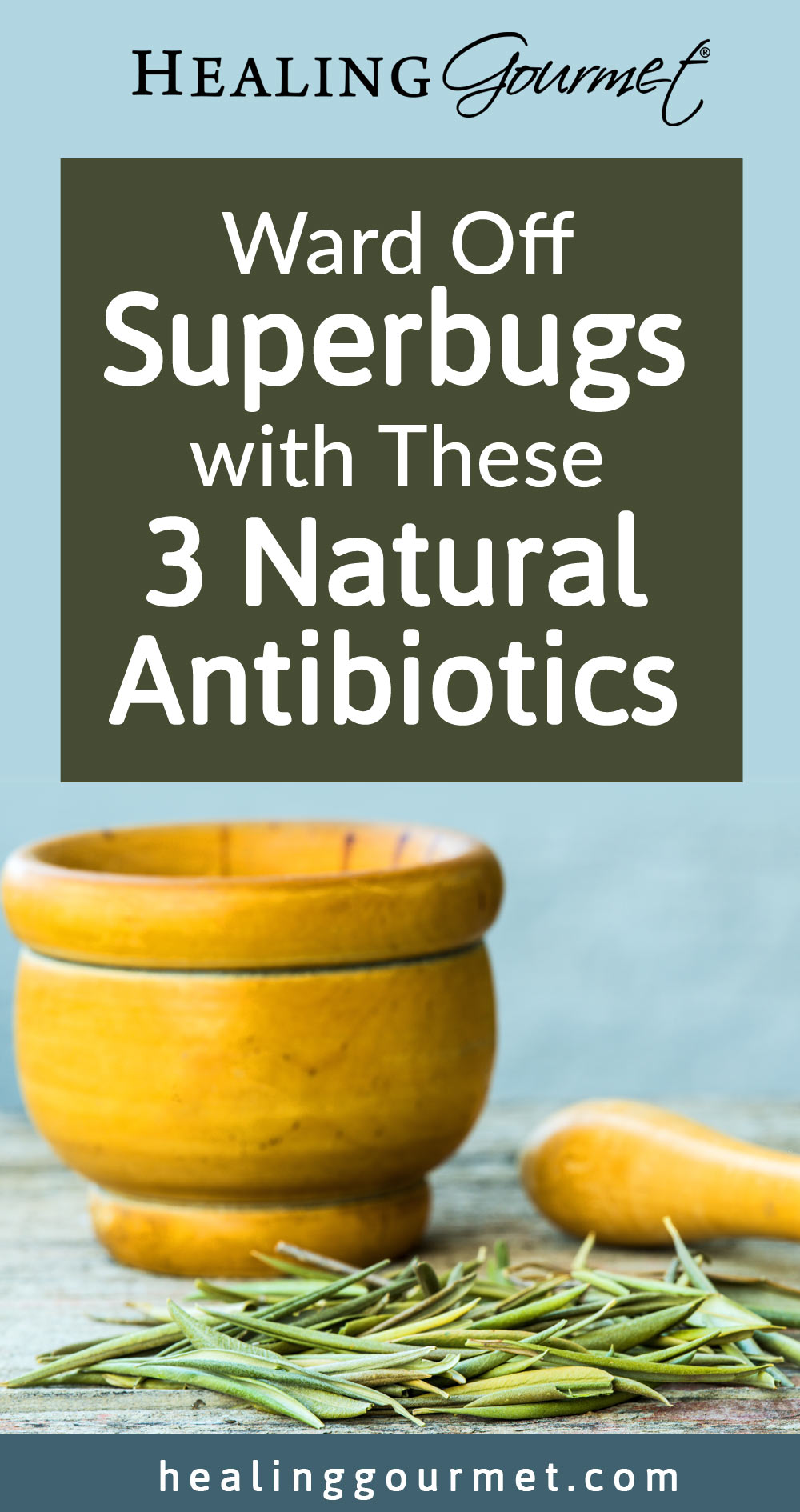
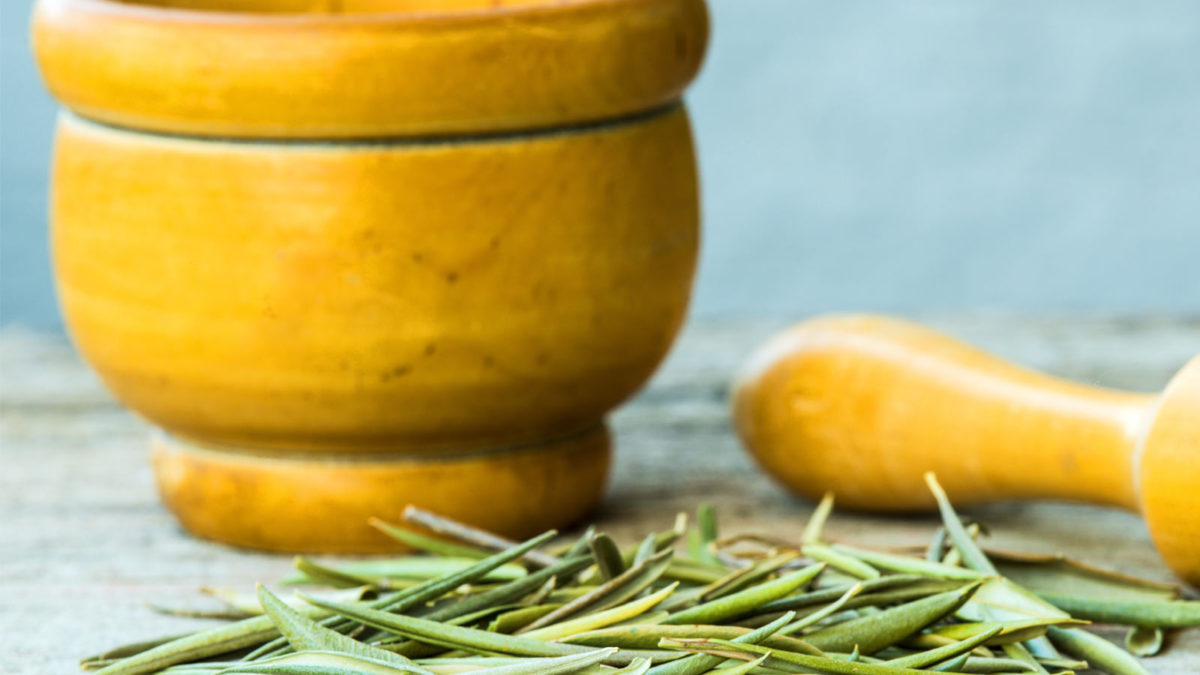
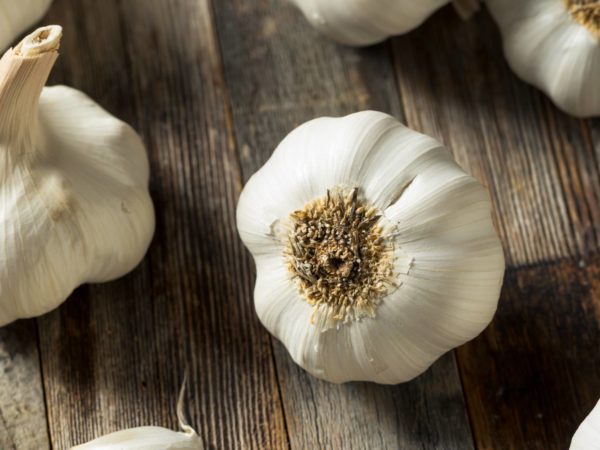
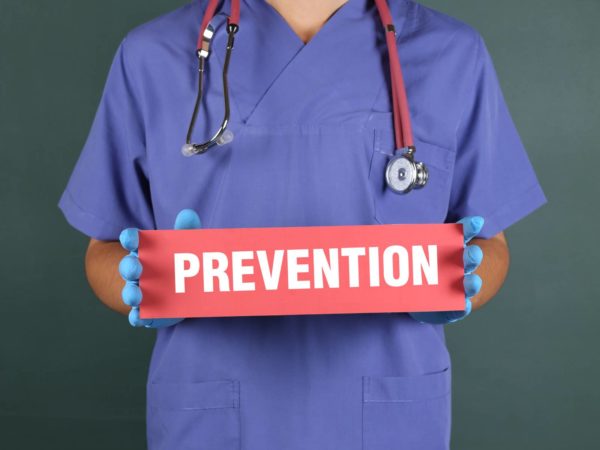
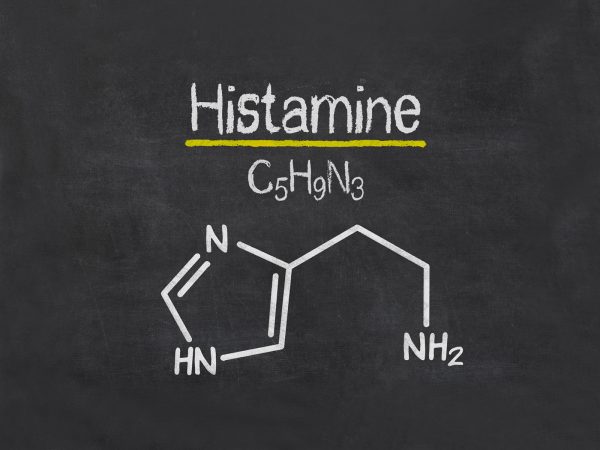
Leave a Reply